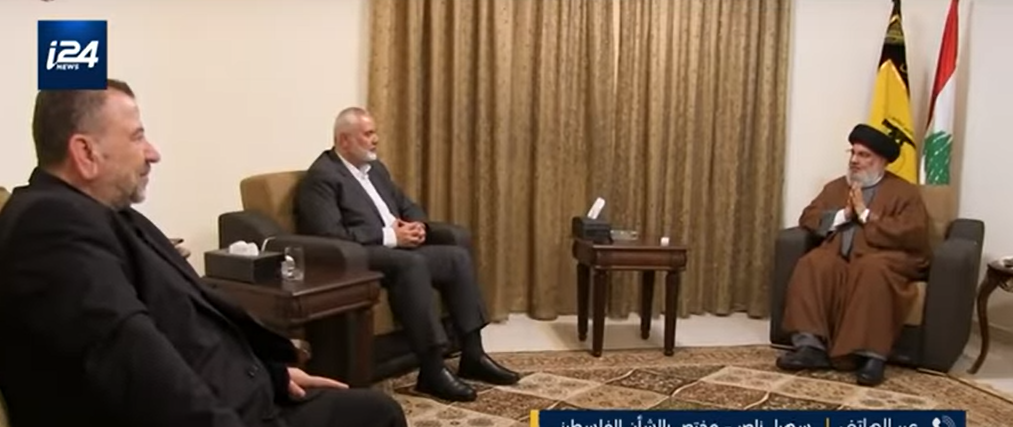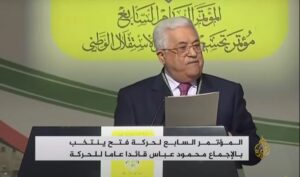According to Israeli security officials, Hezbollah has been in communication with Hamas and the Iranian “Revolutionary Guards” regarding terrorist attacks on Israeli settlements along the Gaza Strip border.
Israel’s fortunate circumstance lies in Hezbollah’s fear of a robust Israeli response to such an attack.
Therefore, Hezbollah has chosen to wait for the outcome of the infiltration into Israeli territory, largely for internal Lebanese considerations, rather than launching their “Radwan” forces into the Galilee simultaneously with Hamas’ attack.
There is a sense of euphoria in the resistance axis led by Iran.
The success of Hamas has exceeded expectations.
In Hamas, October 7th is hailed as “the day of the Nakba of Israel,” while in Hezbollah, the attack by Hamas supports Hassan Nasrallah’s claim that “Israel is weaker than a spider’s web.”
Regarding the northern front, the IDF promptly mobilized substantial forces along the Lebanese border to prevent Hezbollah’s “Radwan” force from infiltrating the Galilee.
However, a key question remains: will Hezbollah eventually enter the conflict against Israel, especially after an IDF ground invasion of the Gaza Strip?
Hassan Nasrallah, the Secretary-General of Hezbollah, declared in 2013 that he would not allow the Gaza Strip to fall into the hands of Israel or the US.
Hezbollah’s official position, reiterated this week by Hashem Safi al-Din, the second-in-command of the terrorist organization, is clear: “We are not neutral in this battle.”
According to Hezbollah sources, two main principles guide the organization:
- Hezbollah is not neutral in this conflict and maintains a high level of military readiness for intervention if necessary.
- Hezbollah maintains ambiguity regarding its red lines to prevent revealing its intentions to Israel.
In the meantime, it allows Palestinian terror organizations in South Lebanon, such as Hamas and Islamic Jihad, to carry out attacks against Israel.
Hezbollah emphasizes that the organization is not alarmed by the arrival of the American aircraft carrier “Gerald Ford” in the Mediterranean region and that Israel cannot alter the “unification of the fronts” strategy established by the axis of resistance.
According to sources within the organization, the arrival of the American aircraft carrier in the region is not a threat but a new opportunity:
“This is a chance to test our new weapon,” says Hezbollah. It may be targeted, as Al-Qaeda targeted the American destroyer “Cole” in the Gulf of Aden in 2002, and as Hezbollah attacked the Israeli Navy ship “Hanit” in 2006 when it approached the shores of Lebanon.
It appears that Hezbollah’s decision to enter the war will depend largely on Hamas’ ability to withstand the IDF’s expected ground attack.
Nasrallah is unlikely to drag Lebanon into war as he did in 2006 unless there is a genuine threat to Hamas’ rule in the Gaza Strip.
For now, Hezbollah will continue to monitor developments and maintain ambiguity about its intentions while engaging in terrorist activities along the northern border to harass Israel.




